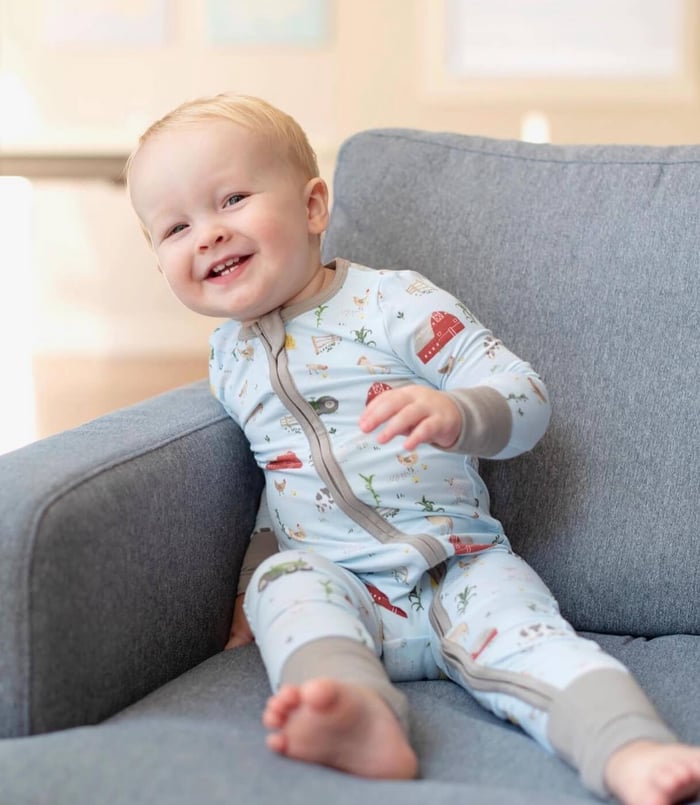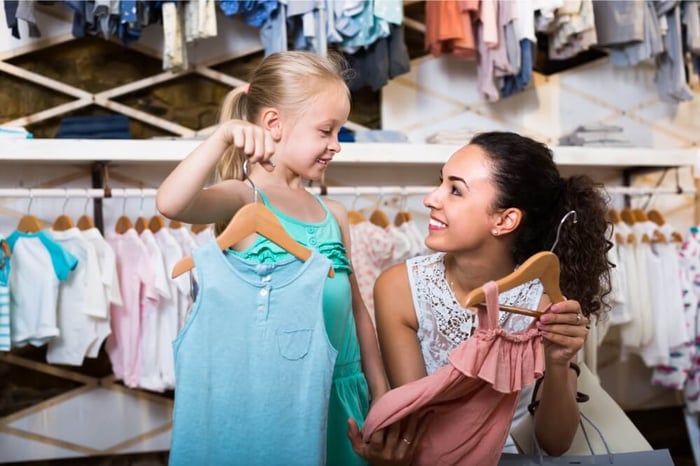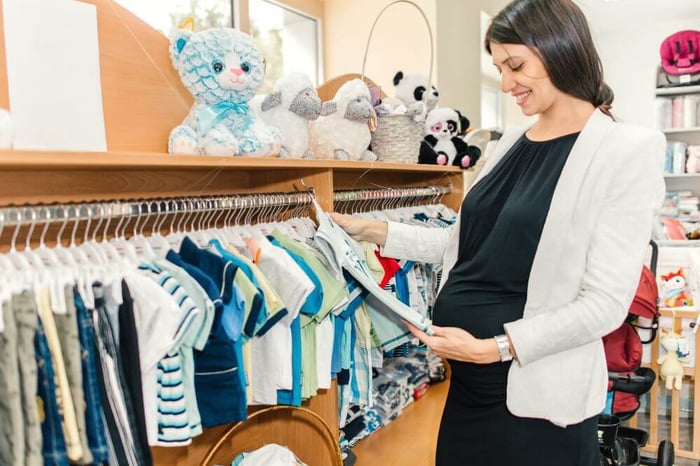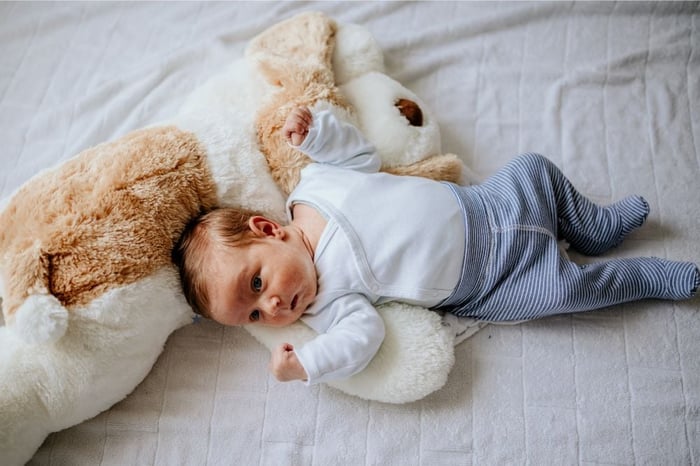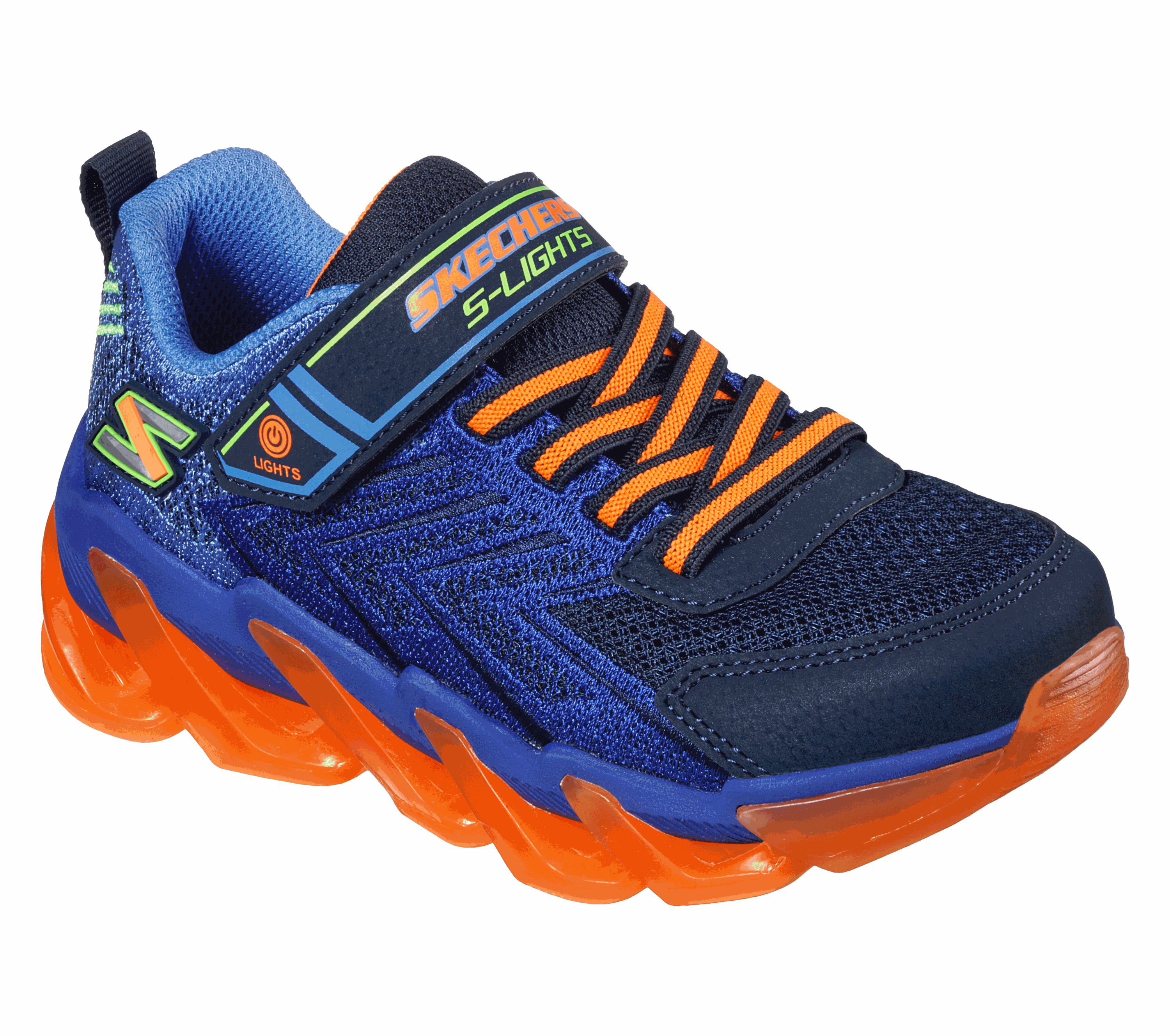Have you brought a snowsuit for your little one? The climate in the northern hemisphere tends to drop quite low in the winter season. Therefore, getting a snowsuit to keep your baby warm and cozy is highly important. But this doesn't mean that you go for the first option you see online.
There are some important factors that you should consider to find the right snowsuit for your baby. Plus, there might be some thoughts that would be going in your mind. Are snowsuits waterproof? What is the material that is most suitable for the snowsuits? And do you even need a snowsuit?
These are some of the questions that you might have in your mind. This article will provide a comprehensive idea about all the factors for your baby's snowsuits.
Why Should You Choose a Snowsuit for Your Baby?
Is having a snowsuit for my baby necessary? If that question goes through your mind, here is the answer. The chilly nights require the right clothing to keep yourself warm.
As far as babies are concerned, they need to stay warm and cozy a lot more. That is where a snowsuit can be of great assistance. Most people buy snowsuits to take their little ones on a winter sports holiday. But it can also be a great clothing option to keep them warm indoors.
Small babies require warmth in wintry conditions, whereas active toddlers want to play in the snow. Therefore, it is vital to cover them so they don't get cold and wet when they fall over. It makes you wonder what are some important things to look for when choosing snowsuits for your baby or toddler. Let's go over the factors to consider when choosing one.
Factors to Consider When Choosing Your Baby's Snowsuit
Snowsuits are designed to provide insulation and protection against cold weather, including snow and wet conditions. Many parents want to know if the snowsuits are waterproof. Whether a snowsuit is waterproof depends on its specific design and materials. Here are some things to consider when determining if a snowsuit is waterproof for your baby:
Material
The most important thing to consider when choosing a snowsuit is the material. It is best to choose snowsuits made from waterproof or water-resistant materials. Common materials include nylon, polyester, or other synthetic fabrics with a waterproof coating.
So, before you purchase the baby's snowsuit, make sure to check for these materials. Also, an important thing to note is that insulated snowsuits often have an outer layer that is water-resistant and breathable to keep your baby dry and comfortable.
Waterproof Rating
Another important factor you need to check is the waterproof rating of the snowsuit. This rating is usually measured in millimeters (mm) and shows the water pressure that a particular fabric can withstand before water penetrates.
A higher waterproof rating means that the snowsuit is more water-resistant. A 5,000mm or higher rating is generally suitable for snowy conditions.
Zippers and Closures
Zippers and closures are integral to the snowsuit, ensuring water doesn't enter through openings. It saves your baby or toddler from getting wet, particularly if your toddlers are out playing with the snow and have a chance of falling and tripping.
So, you must check for waterproof zippers or storm flaps over zippers to prevent water from entering these openings. Also, look at the wrists, ankles, and neck closures, as quality closures contribute to keeping water out.
Hood and Neck Design
While it might not sound like a huge factor, the hood and neck design are also vital to consider for the baby's snowsuit. A well-designed hood that fits snugly around your baby's face helps protect against snow and rain.
Also, the baby snowsuit with adjustable closures on the hood can improve its effectiveness. You can also choose a high neckline or a fleece-lined collar to protect against cold and moisture.
While a snowsuit needs to be water-resistant, it should also be breathable to allow moisture (like sweat) to escape. It helps prevent your baby from getting too sweaty and then feeling cold due to dampness.
Sizing
Last but not least, getting the right-sized snowsuit for your baby is important. Ensure that the snowsuit fits your baby properly. With the right size, the snowsuit will prevent the gaps where snow or water could enter. Wear the snowsuit will also be comfortable for your baby or toddler.
If the snowsuit is loose, it will be baggy for the kid. Plus, there is a chance that the snow or water can enter through the openings. On the flip side, a tight-fitting snowsuit would restrict the movement of your toddlers. Therefore, choose the snowsuit that fits perfectly on your baby.
Benefits of a Baby Snowsuit
Using a snowsuit for your baby or toddler can offer several benefits, especially in areas that experience extreme cold and snowy weather. They can help your baby stay warm and cozy, and let's not forget the adorable factor. Baby snowsuits often come in cute designs and colors, so you can pick the one that fits your preference. Here are some advantages of dressing your baby in a snowsuit.
Protection from Cold and Wind
The great benefit of a snowsuit is that it provides warmth in cold temperatures. The insulation in snowsuits helps trap body heat, keeping your baby cozy and comfortable in chilly conditions. Also, a well-designed snowsuit is a barrier against cold winds, helping prevent heat loss from your baby's body.
This protection is crucial, especially in winter weather.
Easy to Put On and Take Off
Many baby snowsuits are designed with convenient features like front zippers or full-length zippers. As a result, it becomes easy to put on and take off the snowsuit on a wiggly or impatient baby. Choosing from a premium selection of snowsuits will give you the peace of mind that you can easily take the snowsuit on and off.
Complete Coverage
It is one of the biggest advantages that you can get from a snowsuit. It typically covers the entire body, including the head, hands, and feet, providing comprehensive protection. Some snowsuits even come with attached hoods and mittens for added coverage.
Versatility and Adaptability
The versatility and adaptability that snowsuits offer are also worth mentioning. Snowsuits are suitable for various winter activities, such as playing in the snow, going for walks, or participating in outdoor events. They are designed to accommodate movement while keeping your baby warm. Additionally, some snowsuits can be adjusted to accommodate your baby's growth.
This adaptability ensures that the snowsuit remains a functional and comfortable outerwear over time.
Peace of Mind for Parents
Knowing that your baby is well-protected from the cold, wind, and moisture due to the snowsuit can give parents peace of mind during winter outings. It allows for more enjoyable outdoor activities without worrying about your baby getting too cold.
Any Disadvantages of Snowsuits?
Now that you know the advantages of the snowsuit, you might wonder if there are any disadvantages of putting babies and toddlers in snowsuits. While it might not be considered a disadvantage, it can make nappy changing difficult.
Nevertheless, this is not a major issue to worry about. You can look for a snowsuit with a full frontal zip down to one of the legs. This way, you can change the nappy by easily unzipping the snowsuit without first taking the entire thing off.
It is also important to be careful when you strap your baby or put your toddler into a car seat when they are wearing the snowsuit. The reason is that the material's thickness can make it difficult to strap the child. In addition, you should also need to ensure that you don't let your baby overheat.
Keeping your child warm in the wintry conditions is important, but that doesn't mean you pack them too tightly.
An infant can easily stay warm while their body temperature stays regulated if they have the dressing under the snowsuit has a thin layer. These layers trap the warmth, allowing your baby to stay warm and cozy.
Wrapping Up
Choosing the right snowsuit for your baby is essential to keep them warm in the chilly season. So, consider the factors such as material, size, and other things mentioned in this article. This guide gives you a clear idea of what you need to know about choosing a snowsuit for your baby.
FAQs
What Should I Look For in a Baby Snowsuit?
It is best to look for a baby snowsuit that is waterproof or water-resistant, has quality closures, and is a proper fit. It will keep your baby warm while preventing the cold air from entering the suit.
Are Snowsuits Waterproof?
Snowsuits can be waterproof if made from water-resistant materials with sealed seams, protecting against snow and light rain.
What Do You Put Under a Baby Snowsuit?
Under a baby snowsuit, you can dress your baby in layers, including a moisture-wicking base layer and warm clothing. Add mittens, socks, and a hat for extra warmth.







